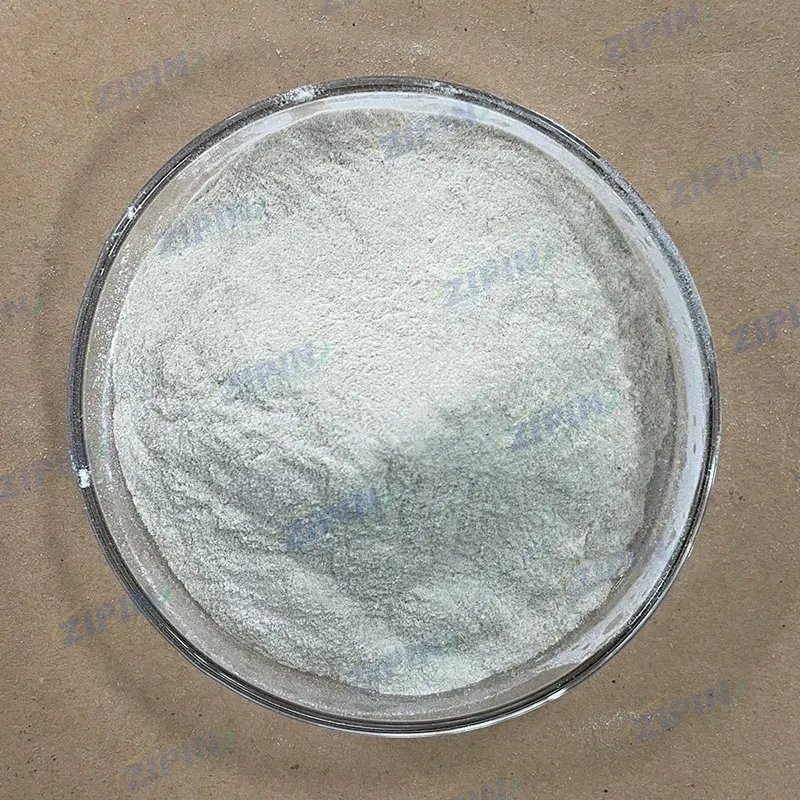Colloids: A Key to Understanding Many Everyday Phenomena
2025-04-10
When we think of materials and substances in everyday life, we tend to classify them into solid, liquid, or gas. However, there’s a fascinating category of matter that doesn’t fit neatly into these conventional groups: colloids. Colloids are substances that exhibit characteristics of both liquids and solids, and they are more common in our daily lives than we may realize. Understanding colloids can help us appreciate everything from food to medicine, and even technological innovations.
What Are Colloids?
A colloid is a mixture in which one substance (the dispersed phase) is spread throughout another substance (the continuous phase), but the two do not fully combine. The key feature of colloids is that the dispersed particles are small enough to remain suspended in the continuous phase. These particles are typically between 1 nanometer and 1 micrometer in size — smaller than what we can see with the naked eye but large enough to affect the properties of the mixture.
The dispersed phase can be solid, liquid, or gas, and the continuous phase can also be solid, liquid, or gas. This results in several types of colloidal systems, such as:
- Solid in liquid (e.g., paint or muddy water)
- Liquid in liquid (e.g., mayonnaise or milk)
- Gas in liquid (e.g., whipped cream or foam)
- Solid in solid (e.g., rubber or pearls)
- Gas in solid (e.g., pumice stone or aerogel)
How Do Colloids Work?
What makes colloids so interesting is how their particles interact within the mixture. The particles in a colloid do not settle out over time, which distinguishes colloids from suspensions, where particles eventually settle. The stability of colloids comes from the fact that the dispersed particles are typically charged, or they have a coating that repels other particles, preventing them from clumping together and settling.
One of the most important properties of colloids is their Tyndall effect. This is the scattering of light by the colloidal particles, which makes the beam of light visible when it passes through the mixture. This effect is commonly seen in fog or in the light beam from a flashlight shining through a dusty room.
Types of Colloids
Colloids are classified into different categories based on the phases of the dispersed and continuous substances. Here are some of the most common types of colloidal systems:
1. Aerosols
Aerosols are colloids in which solid or liquid particles are dispersed in a gas. A common example is the mist or fog that we see in the air. Aerosols can also be found in sprays, such as hairspray or paint spray.
2. Foams
Foams consist of gas particles dispersed in a liquid or solid. Examples include the bubbles in soap or whipped cream. The structure of foam can be manipulated in various ways to create everything from food textures to industrial products.
3. Emulsions
Emulsions are colloids where liquid droplets are dispersed in another liquid, and the two liquids usually don't mix. Common examples of emulsions include milk, mayonnaise, and lotions. Emulsifiers, such as egg yolk or soap, help to stabilize emulsions and prevent the droplets from separating.
4. Gels
Gels are a type of colloid where solid particles are dispersed in a liquid, but the liquid is in such a small amount that the substance has a solid-like structure. Common examples of gels include gelatin, toothpaste, and the gel in hair products.
5. Solids in Liquids
Some colloids have solid particles dispersed in a liquid. Muddy water is a simple example of this type of colloid, where clay or dirt particles are suspended in water.
Applications of Colloids
Colloids are not just abstract scientific concepts — they play an essential role in many industries and products we use every day. Here are some notable applications:
1. Food Industry
Colloids are widely used in the food industry to improve texture, flavor, and stability. For example, mayonnaise is a colloid made of oil droplets dispersed in water and stabilized with egg yolk. Similarly, milk is a colloidal suspension of fat globules in water, and ice cream contains air bubbles (foam) that give it its light, creamy texture.
2. Pharmaceuticals
Many medications are in colloidal form because they can enhance the absorption and effectiveness of drugs. Liquid medicines like syrups, suspensions, and creams are examples of colloidal formulations. Colloidal nanoparticles are also used for targeted drug delivery, ensuring that the medicine reaches the right part of the body.
3. Cosmetics
Colloids are key ingredients in cosmetic products like lotions, creams, and shampoos. Emulsions help these products stay smooth and stable, providing a desirable texture and allowing them to be easily applied to the skin.
4. Paints and Coatings
Many paints are colloidal suspensions, where solid pigments are dispersed in a liquid medium. These colloidal systems allow for smooth application and better durability.
5. Environmental and Industrial Applications
Colloids are often used in environmental management, such as in water treatment processes. In wastewater treatment, colloids can help to remove particles that are suspended in water, purifying it for safe use. Additionally, colloidal materials are used in various industrial applications, such as the manufacturing of certain types of rubber or in lubrication.
Conclusion
Colloids are an essential and often underappreciated class of substances that have widespread applications across many industries. From the food we eat to the medicines we take and the products we use, colloids are present in many aspects of our daily lives. By understanding how colloids work, we can better appreciate their impact on both our personal well-being and the technological innovations that make life easier. Whether you’re enjoying a smooth cup of coffee, applying skincare, or cleaning up an environmental spill, colloids are there, working silently behind the scenes.



